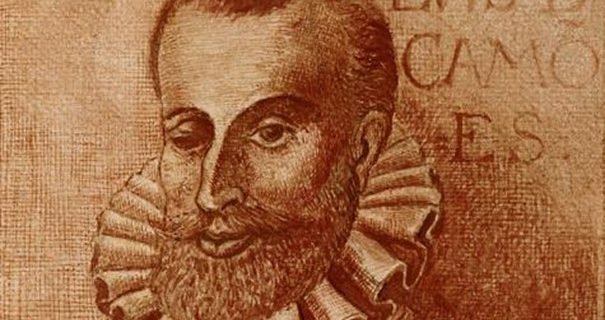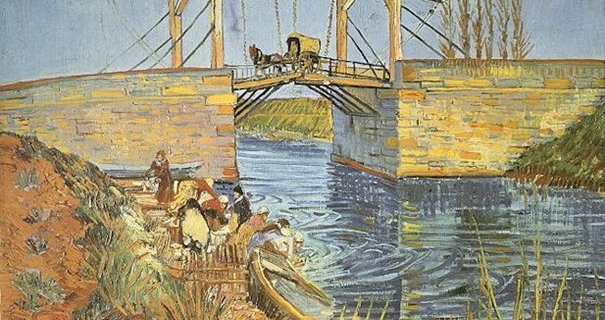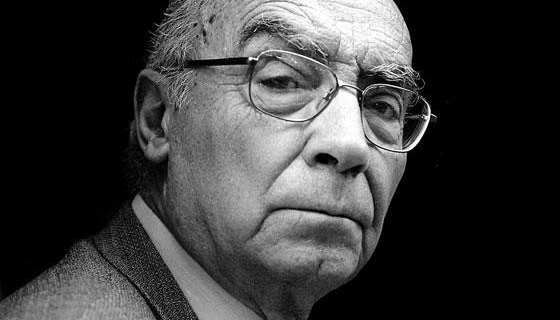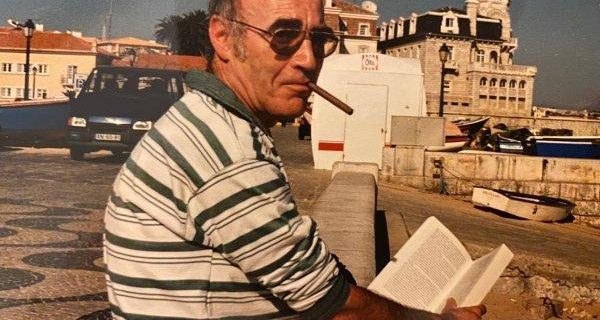On the spot – Lisbon (9) – What remains
In eight episodes, we have reviewed all kinds of literary and medically relevant places in Lisbon. Although this collection can always be expanded later, in this – for now final – episode about Lisbon, we will briefly focus on a few places in Lisbon that are also worth visiting and – we will start with this – on two writers who repeatedly appear in the works of the writers already discussed: Luis de Camões and Eça de Queirós.





